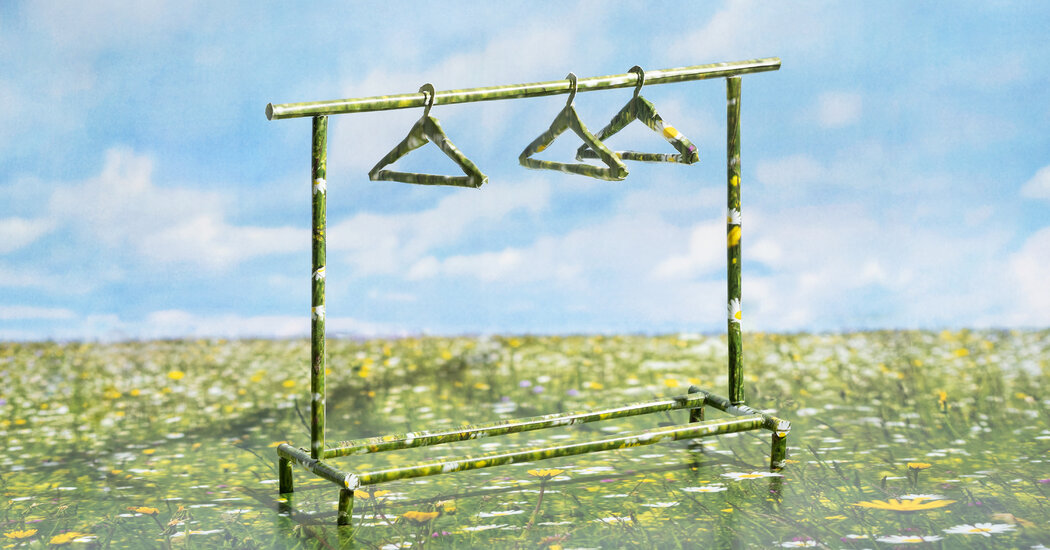That’s before you start trying to wade through the acronyms and abbreviations; apart from the above there are GOTS (Global Organic Textile Standard) and CCS (carbon capture and storage) and NFFO (non-fossil fuel obligation) and TPH (total petroleum hydrocarbons). To name a few.
We need a better way to frame the discussion.
So we’re going to use ‘responsible fashion’: a term that refers to a world where all players, from the consumer to the CEO, the manufacturer and the farmer, take responsibility for their share of the supply chain and the creative process, and for the choices that they make.
It may sound semantic, but it’s the difference between an end goal that seems impossible, perhaps daunting, unattainable, and the process of at least getting there: step by step, step by step, decision by decision.
Because there is no easy answer to solving the role of fashion in climate change. Even the obvious – don’t make or buy new stuff, and don’t throw away old stuff – negatively impacts employment, know-how and self-determination. (After all, people have been adorning themselves for as long as they have understood themselves as “self” to express themselves.) The crucial issue for each of us, no matter which side of the equation we are on, is thinking about and understanding the effects of the choices we make, so that we can make better choices in the future.
And maybe even see these challenges as creative opportunities rather than burdens. Especially for brands. Often limitations lead to new ways of thinking and designing.
To bring to life what that means when it comes to clothing – especially as we dive into the world after a two-year quasi-hibernation period and start rethinking sleeping wardrobes – we bring you the stories of a group of smaller brands and manufacturers striving to act responsibly, weighing the tradeoffs involved, and trying to make choices that don’t end up at zero, but at a positive outcome.

